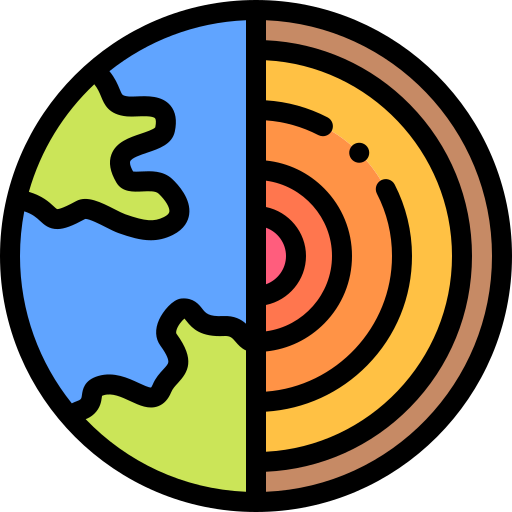Earth is expected to spin more quickly in the coming weeks, making some of our days unusually short. On July 9, July 22 and Aug. 5, the position of the moon is expected to affect Earth’s rotation so that each day is between 1.3 and 1.51 milliseconds shorter than normal.
A day on Earth is the length of time needed for our planet to fully rotate on its axis — approximately 86,400 seconds, or 24 hours. But Earth’s rotation is affected by a number of things, including the positions of the sun and moon, changes to Earth’s magnetic field, and the balance of mass on the planet.
Since the relatively early days of our planet, Earth’s rotation has been slowing down, making our days longer. Researchers found that about 1 billion to 2 billion years ago, a day on Earth was only 19 hours long. This is likely because the moon was closer to our planet, making its gravitational pull stronger than it is now and causing Earth to spin faster on its axis.



Oh, so this is why writing a time keeping libraries on a computer is so hard. Forgot to account for the position of the Sun and the Moon.
Several years ago I was at a Microsoft event and I ran into a guy who said that his job is to keep the time on Windows in sync with the actual rotation of the Earth. I asked if he meant leap seconds, but he said that it’s more to do with earthquakes and weather. I had no idea and looked into it a bit, it’s fascinating.
And some moron with an MBA is gonna lay off that guy and hurl the entire world’s financial systems into chaos.
That’s a really cool job!
don’t get computerphile started!